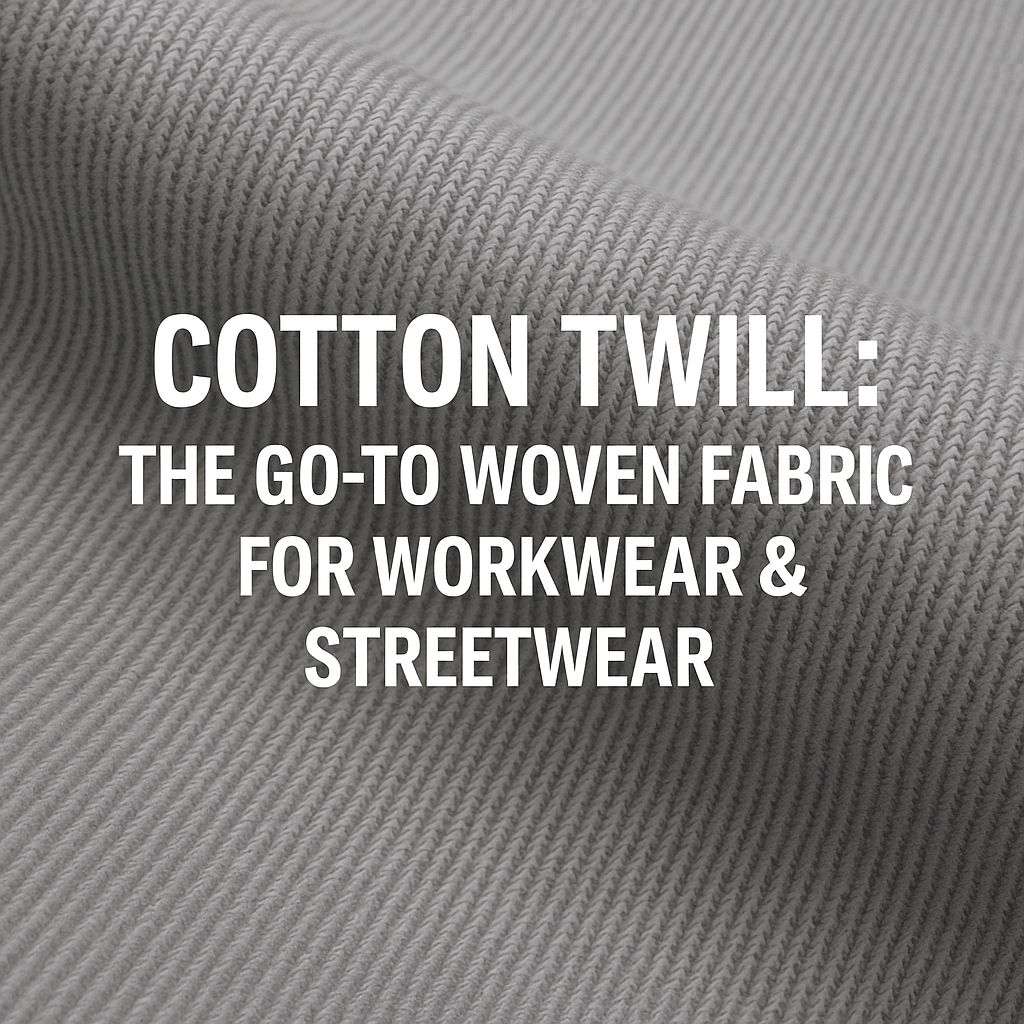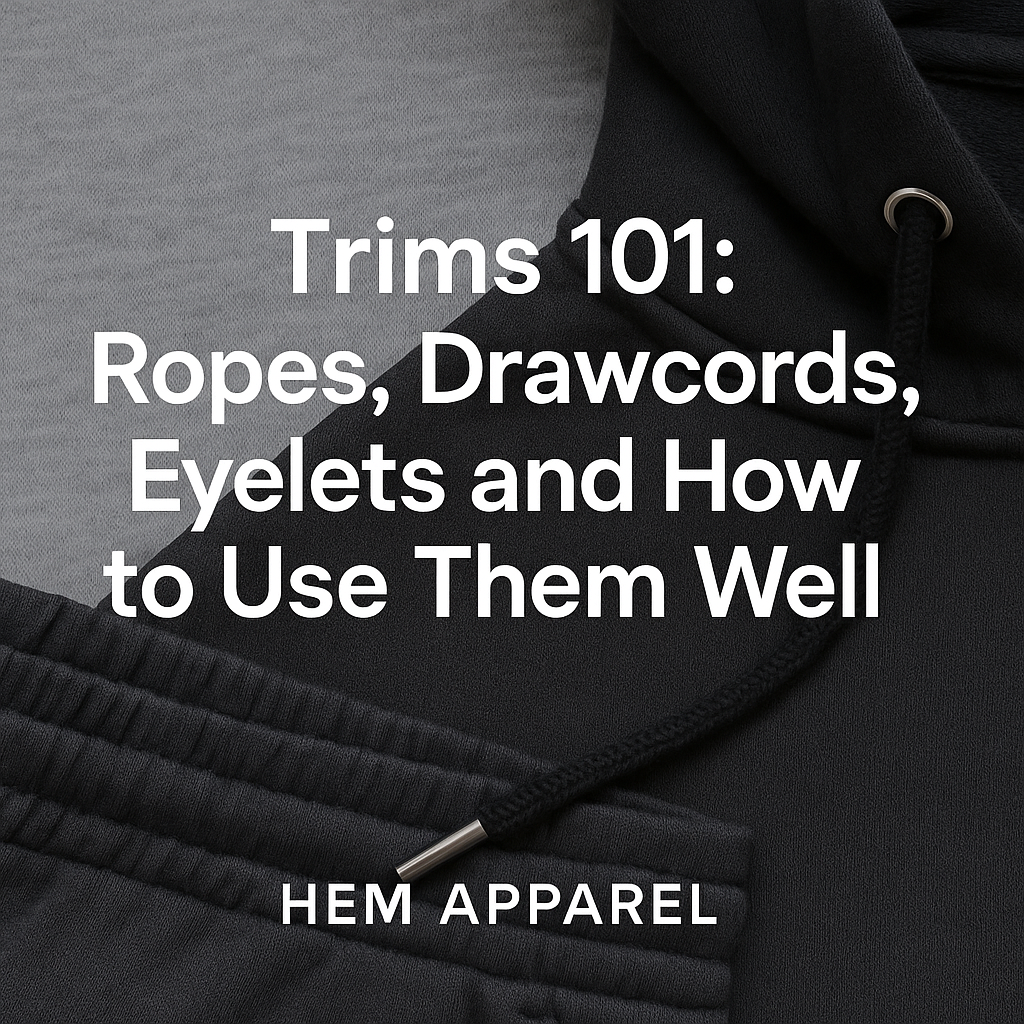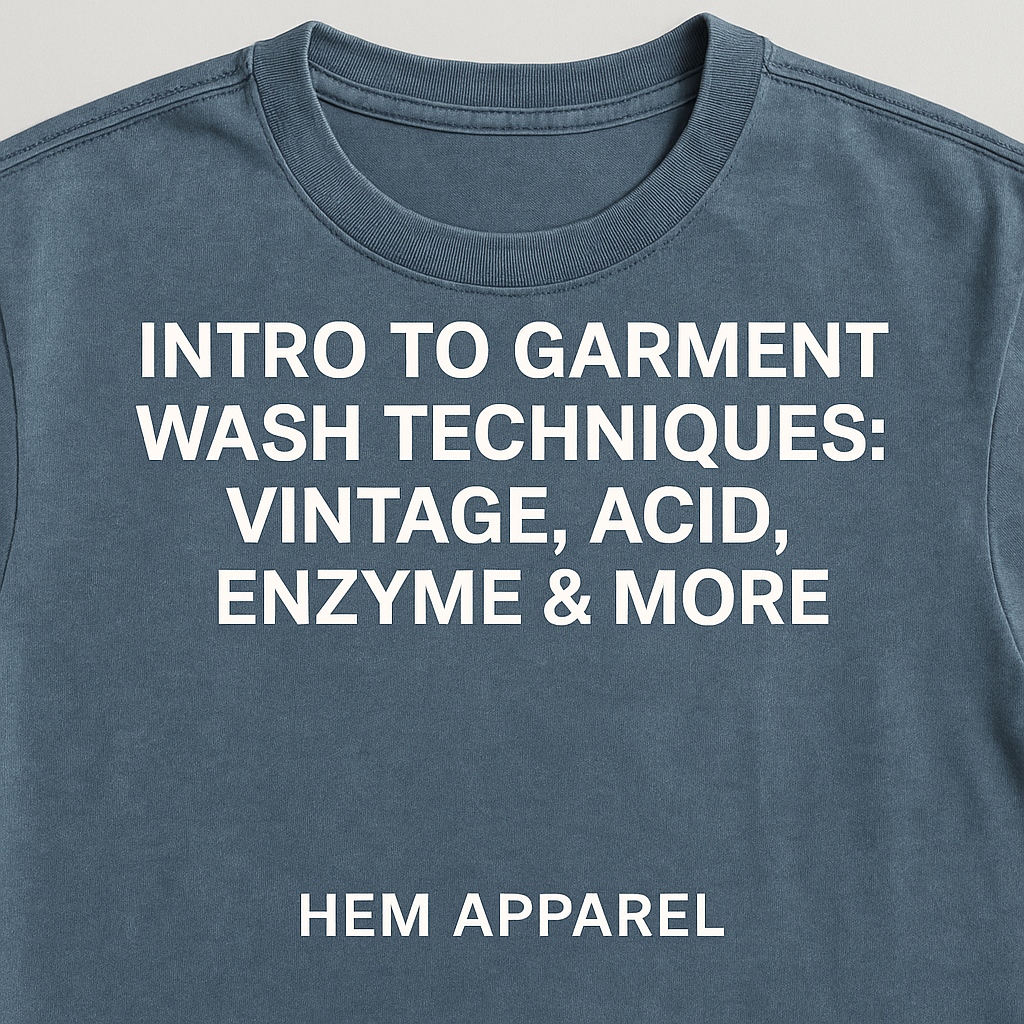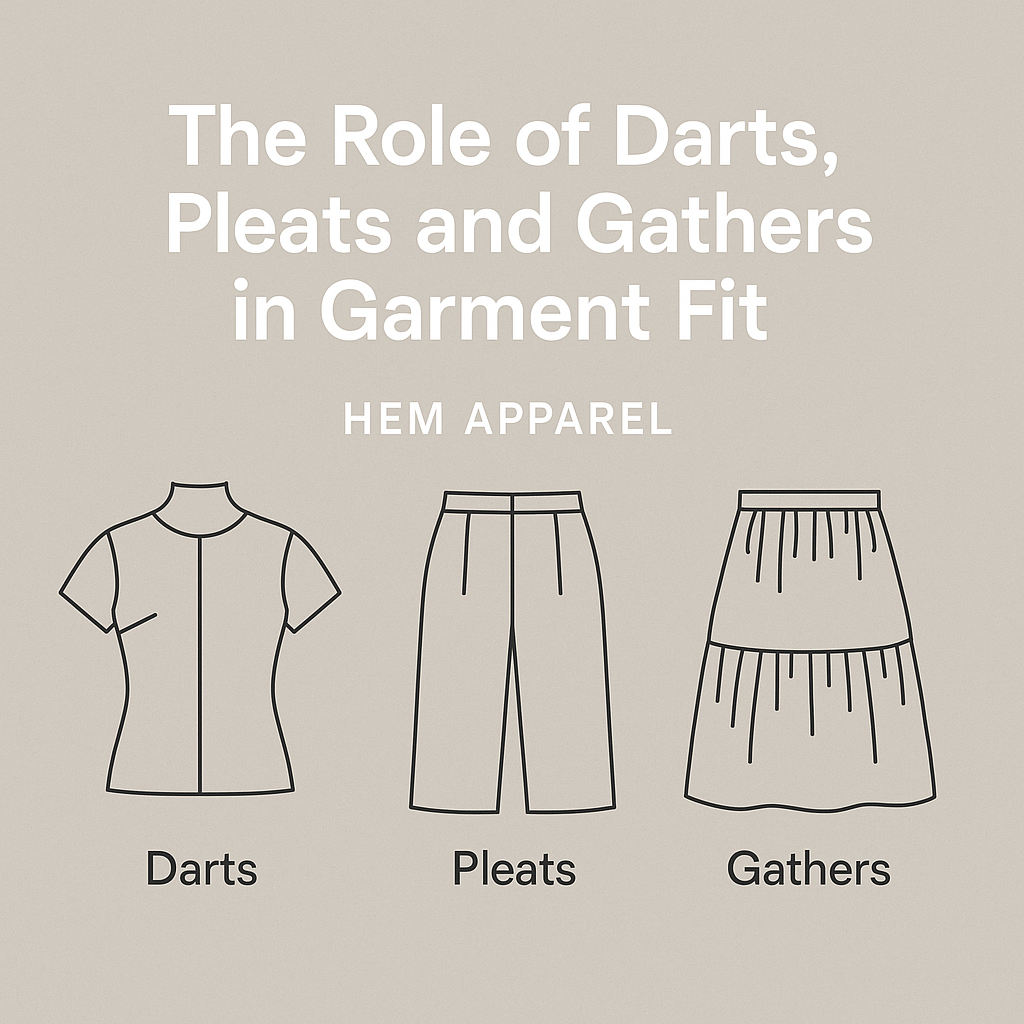If you're producing jackets, pants, or structured garments, you’ve probably worked with twill — especially cotton twill.
At HEM APPAREL, cotton twill is one of the most requested woven fabrics for brands doing streetwear, uniforms, or workwear-inspired fashion. It blends durability, structure, and visual character.
🧵 What is Twill?
Twill is a woven fabric characterized by its diagonal rib pattern.
The weave structure gives it:
-
High strength
-
Resistance to wrinkles and wear
-
A signature slanted texture visible on the surface
✅ Cotton twill is breathable, structured, and ideal for garments that need shape and durability.
🆚 Cotton Twill vs Canvas
| Feature | Cotton Twill | Canvas |
|---|---|---|
| Weave | Diagonal twill | Plain weave |
| Handfeel | Softer, more flexible | Stiffer, more rigid |
| Breathability | ✅ Higher | Lower |
| Best for | Pants, overshirts, uniforms | Bags, jackets, utility wear |
| Print Compatibility | Great for screen & DTG | Better for solid colors |
🧥 Best Use Cases
-
Chino pants & cargos
-
Overshirts or shirt jackets (shackets)
-
Uniform bottoms or industrial apparel
-
Utility-style shorts or skirts
-
Aprons, caps, and accessories
✅ Key Advantages
-
Doesn’t wrinkle easily — perfect for all-day wear
-
Holds color well, especially with garment dye or enzyme wash
-
Softens over time without losing structure
-
Works for both casual and semi-formal aesthetics
⚠️ Notes to Consider
-
Higher GSM twill can feel hot in summer — go lighter for warm climates
-
Diagonal weave may slightly distort prints with large, flat graphics
-
Twill may shrink if not pre-shrunk — test swatch before bulk
🧠 HEM APPAREL’s Tip:
Use cotton twill 240–280gsm for pants and overshirts.
If your style leans streetwear, twill looks great with washed effects and tone-on-tone embroidery.
We can help select the right weight, finish, and dye method for your brand’s look.





